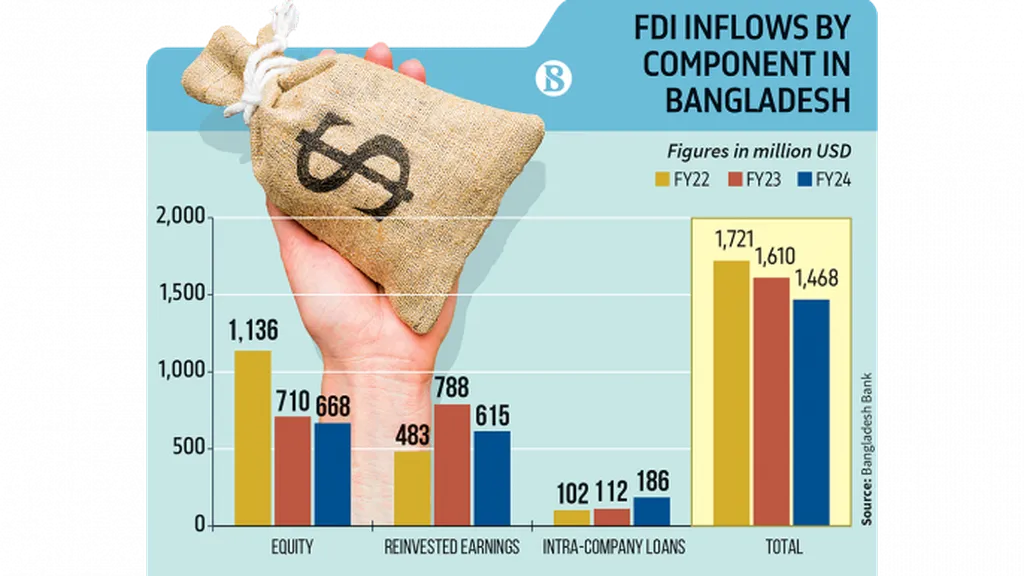Bangladesh’s foreign direct investment (FDI) landscape presents a paradox: a country brimming with potential yet struggling to attract substantial inflows. The nation’s strategic location, abundant natural resources, and a vast, trainable workforce should theoretically make it a magnet for foreign capital. However, the reality is starkly different, with FDI flows remaining stubbornly low compared to regional peers.
The implications for markets are significant. Bangladesh’s FDI inflows have traditionally lagged behind other South Asian countries, with net receipts amounting to a modest US$ 806.52 million in the fiscal year 2011-2012. Projections suggest a meager growth rate of 3.19 percent by 2014-15, far from the US$ 4 to 5 billion annual target. This underperformance has profound consequences for employment generation, consumption, and GDP growth.
Several critical factors are stifling FDI inflows. Land scarcity, exacerbated by poor management, limits the availability of suitable industrial plots. The power crisis, driven by infrastructure deficiencies and gas shortages, hampers industrial operations. Inadequate infrastructure, including poor communication networks and port facilities, further deters potential investors.
Addressing these challenges requires a multi-pronged approach. Effective land management strategies, such as the establishment of special economic zones (SEZs), can mitigate land scarcity. The power crisis demands investment in new technologies and improved maintenance of existing plants. Infrastructure development, including the creation of export processing zones (EPZs) and industrial parks with robust utility facilities, is essential to enhance Bangladesh’s appeal to foreign investors.
The market implications of these developments are far-reaching. Increased FDI inflows can stimulate economic growth, create jobs, and boost consumption, thereby fostering a more dynamic and resilient economy. Conversely, failure to address these issues risks perpetuating a cycle of underinvestment and stagnation.
For investors, the situation presents both risks and opportunities. While the current environment may deter some, those willing to navigate the challenges could reap significant rewards. The government’s efforts to improve the investment climate, such as tax exemptions and duty-free benefits for export-oriented industries, offer incentives for foreign investors.
In conclusion, Bangladesh’s FDI landscape is at a crossroads. The country’s potential is undeniable, but realizing it requires addressing critical bottlenecks. The market implications are profound, with the potential to reshape Bangladesh’s economic trajectory. For investors, the time to engage is now, but success will depend on a strategic approach that balances risks and opportunities in this evolving landscape.

